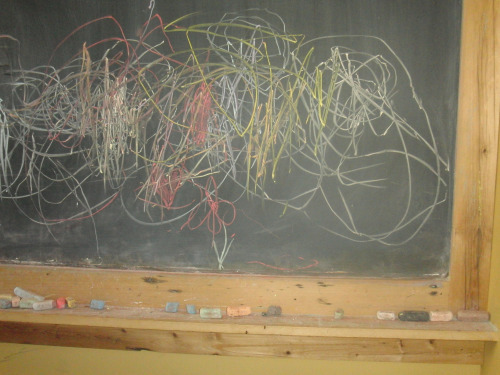First Drafts: Embracing Messiness
In the summer my view is less from the window seat and more from the porch. I’m so taken with the big views and sometimes-sticky air that I stay out even though it’s cooler inside. And my dog and cat are so committed to my company that they stick with me, the dog huffing under the table and the cat melting on top. A little heat-induced laziness is a good way to start writing a new manuscript, for there’s a slim line between that and patience, which is what I most need as I make mistake after mistake. Or should I say set out one not-quite-workable plan after another? I’ve only been at this a week or two, and have changed the title maybe ten times. That’s all right. Starting out means spilling not sweeping. I won’t know the main theme or plot until I’m finished, but for now, the ever-changing titles are just guides. The characters names switch, too, until I find ones that fit. I’ve written a few good lines of dialogue and lots of bad ones. It all looks rather like this chalkboard I saw getting iced coffee in an Amherst bagel shop.
Sometimes we writers like to show off our stockpiles of bad early drafts just to prove we’re doing something here. I’ve done that, just as I recently made my daughter and husband admire my piles of weeds. I was doing something in the garden! But those early drafts aren’t about proving that we weren’t only poking around on the computer or that our job is easy just because we can do it with bare feet propped up near the cat, listening to crickets. Those whirling lines, mismatched plots, and characters that come and go are essential to finding characters and plots meant to stay.
Coming with all my thoughts of what a good book should look like, it’s hard to throw things around, making the biggest possible mess. But this is what it takes for me. There aren’t shortcuts to the clean orderly end. I never mind questions about whether I’m doing something wrong. Of course I am, and that’s just right. What I’ll keep will likely be the setting, where most of my work begins. I like being lavish with the senses, though I’ll have much to trim. That’s not my worry now, but to stockpile details that may not only make readers feel as if they’re there, but also suggest something about the characters and the situation. Details that do more than one thing are not only those I’ll look to save when I revise, but I keep an eye out for them as I start. There’s always another story, and to find a revelatory one, we have to set out the furniture or build the forest. Then characters may confide in us, objects unfold into metaphors that hint at other layers.
I wrote about ten pages of plane trip and backstory. Gone now. I wrote six pages of driving from the airport. Deleted. We’re starting on the porch, as we should, though tomorrow I might put everyone right in the attic. It’s like pulling the rug out from under my own feet, but I learned a lot about the family in the plane and rental car. I don’t stick with writing first chapters either, but imagine myself in the middle and at the end. I take a far view – check out the weather – then zoom in, and read the cereal boxes on the kitchen table. Smells and sounds may give me the first clues about what to develop. So while I imagine a summer night, I see children riding bikes, playing Mother, May I? and Red Light, Green Light, jumping rope, and then … down my memories of evening games I hear the calls of one with risks that cross with another idea. I follow this scene, letting details swell and shrink. I can look under or behind them, setting up my own treasure hunt. Creating places where secrets may lurk.






